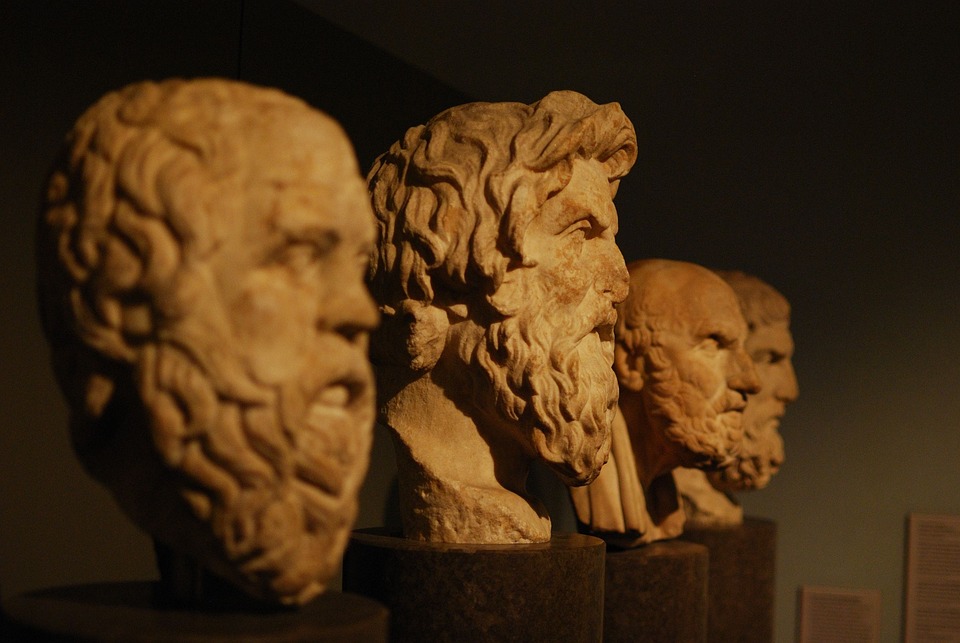Title: Safeguarding the Rainforest: The Crucial Role of El Yunque in Puerto Rico’s Environmental Conservation
Image: [An image showcasing the lush green canopy of El Yunque National Forest, with sunlight filtering through the dense foliage to illuminate the forest floor.]
The tropical wonders of Puerto Rico encompass more than just sandy beaches and crystal blue waters. Nestled amidst these idyllic settings is El Yunque National Forest, the heart of Puerto Rico’s rainforest and an ecological marvel that plays a pivotal role in the island’s environmental conservation.
The Jewel of the Tropics
El Yunque National Forest is not only the oldest but also the only tropical rainforest in the United States National Forest System. Situated on the northeastern flank of the Luquillo mountains, this tropical rainforest stretches over 28,000 acres, offering a vibrant sanctuary for countless plant and animal species. Its highest peaks, such as El Yunque and Pico El Toro, tower majestically 3,494 and 3,490 feet above sea level, respectively, even as they occasionally disappear into the mist.
Biodiversity Hotspot
The rainforest’s unique environment is rich in biodiversity. More than 240 species of trees, upon which depend an abundance of fauna, thrive within its boundaries. This verdant tapestry of greenery serves as home to a multitude of wildlife, including the endangered Puerto Rican parrot, the Elfin woodlands, or "los bosques enano," and the American crocodile. Moreover, the forest is a crucial habitat for nearly 200 species of trees and plants that are found nowhere else on Earth, making it a well-spring of endemic life.
The Rainforest’s Pivotal Role in Environmental Conservation
The conservation of El Yunque is critical to the overall health of Puerto Rico’s environment. This ecosystem acts as a natural water filter, with the forest canopy intercepting rainwater and facilitating the slow release of this vital resource through absorption and transpiration. This process is vital for replenishing the island’s freshwater sources and regulating the local climate.
Moreover, El Yunque serves as a natural barrier against hurricanes, its dense foliage and root systems offering a buffer that helps to attenuate wind speeds and minimize flooding. Through its role in carbon storage, the rainforest also contributes to climate change mitigation efforts, sequestering significant amounts of carbon dioxide and releasing oxygen, a process upon which all life on Earth depends.
Human Impacts and Conservation Efforts
Human activity has introduced various threats to El Yunque’s stability and health. Urbanization, resource extraction, and tourism pressures represent ongoing challenges to the forest’s integrity. However, concerted conservation efforts are underway to protect and preserve its fragile biodiversity.
The U.S. Forest Service, local government agencies, non-profits, and dedicated volunteers have collaboratively developed strategies to safeguard El Yunque. These include managing erosion and sedimentation, controlling invasive species, enforcing regulations to minimize human impact, and educating visitors on environmental stewardship.
FAQs
Q: How was El Yunque National Forest formed?
A: El Yunque is a naturally occurring mountain system that, over time, developed its dense tropical rainforest characteristics, fostering unique ecosystems and hosting a multitude of endemic species.
Q: Are there ongoing threats to El Yunque’s ecosystem?
A: Yes, urbanization, resource extraction, hurricanes, climate change, and visitors to the area present various threats to the forest’s health.
Q: What can individuals do to help protect El Yunque?
A: Individuals can support conservation efforts, respect park regulations, educate others about the significance of the forest, participate in volunteer activities, and contribute to organizations dedicated to environmental protection.
Q: How does the tourism industry impact El Yunque National Forest?
A: While tourism can bring economic benefits, it also poses risks such as habitat disturbance and pollution. Managing and regulating tourism activities is crucial to minimizing its impact on this unique ecosystem.
Q: Are there initiatives in place to protect critically endangered species in El Yunque?
A: Yes, initiatives like habitat restoration, breeding programs, and monitoring of endangered species like the Puerto Rican parrot are in place to ensure their survival.
El Yunque National Forest stands as a testament to the importance of safeguarding our natural environment. As custodians of this lush rainforest, we bear the responsibility to ensure its survival for generations to come. Through awareness, education, and concerted conservation efforts, we can preserve the natural wonder that is El Yunque.



